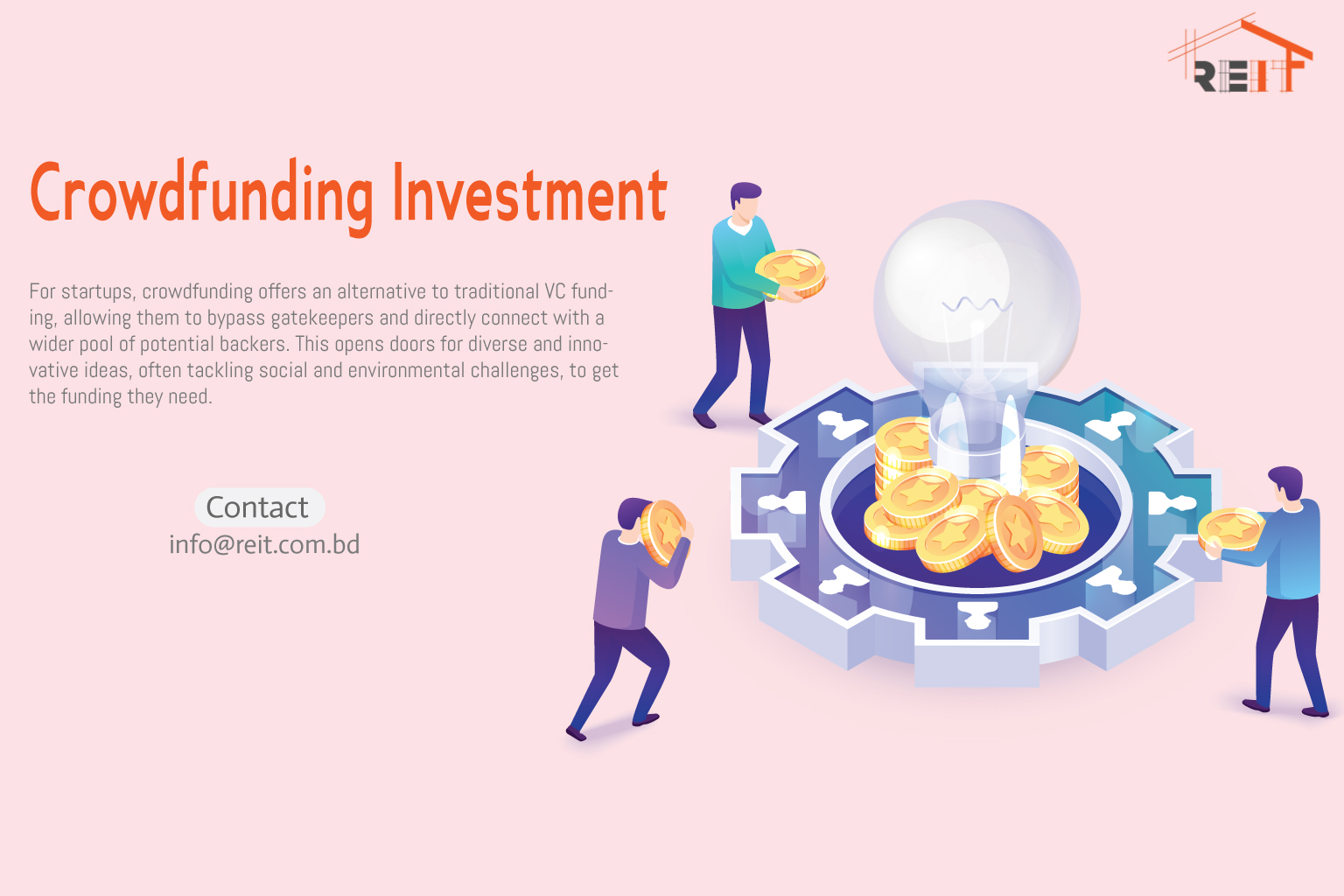A new investment opportunity is an exciting prospect for both seasoned investors and those new to the world of finance. When exploring such an opportunity, the first step is to conduct thorough research.
This involves gathering information about the investment’s underlying asset, the market conditions, and the potential risks and rewards. Next, you’ll need to determine the investment structure.
Some opportunities may involve investing directly in a specific asset, such as stocks, bonds, or real estate, while others may be through funds or startups. Each structure comes with its own set of risks and returns, so understanding these nuances is crucial.
Exploring a new investment opportunity involves thorough research, understanding your financial objectives, evaluating the investment structure, seeking professional advice, and diligent monitoring.
By following these steps, you can set yourself up for a potentially rewarding investment journey. However, remember that all investments carry inherent risks, so caution and due diligence are essential to making sound financial decisions.
How Can You Find A Good Investment Opportunities?
Finding good investment opportunities requires a combination of research, analysis, and staying informed. Here are some effective ways to identify potential investment opportunities:
- Financial News and Media: Stay updated with financial news and media outlets that provide insights into various markets and industries. Reputable sources can give you an idea of emerging trends and potential investment sectors.
- Market Research: Conduct thorough market research to identify industries or sectors that show growth potential. Look for areas with innovative technologies, changing consumer preferences, or significant demand-supply imbalances.
- Networking: Engage with professionals, attend investment seminars, conferences, or workshops to network with individuals who have expertise in specific industries. Networking can expose you to unique investment opportunities that you might not find elsewhere.
- Online Investment Platforms: Utilize online investment platforms that provide access to a wide range of investment opportunities. These platforms often offer various assets like stocks, bonds, mutual funds, and real estate, allowing you to diversify your portfolio easily.
- Crowdfunding Platforms: Explore crowdfunding platforms that enable you to invest in projects, startups, or real estate with relatively small amounts. These platforms democratize investment opportunities and can offer unique ventures.
Finding good investment opportunities is crucial, conducting thorough due diligence is equally important. Always research and analyze potential investments before committing your capital. Diversification is also essential to spread risk across different assets and reduce exposure to individual investment performance.
Is Bangladesh A Good Place To Invest?
Bangladesh has emerged as an increasingly attractive destination for investors in recent years, presenting a range of opportunities across various sectors. The country’s strategic location, large population, and growing middle class contribute to its investment appeal.
Additionally, the government has been making efforts to improve the business environment, which has further boosted investor confidence. Moreover, Bangladesh has been witnessing steady economic growth, with a burgeoning domestic market.
As the middle-class population expands, there is a rising demand for consumer goods, services, and infrastructure, presenting significant prospects for investors in various sectors, including retail, telecommunications, healthcare, and real estate.
However, like any investment decision, caution and proper planning are essential. Investors willing to navigate the challenges and capitalize on the country’s potential can find Bangladesh to be a rewarding place to invest in the long run.
How Do Investments Work?
The main idea behind investing is to put your money to work in various assets or ventures, aiming for the potential growth of your capital. Here’s a general overview of how investments work:
- Types of Investments: There are various types of investments, including but not limited to stocks, bonds, mutual funds, real estate, commodities, and businesses. Each type carries its own level of risk and potential return.
- Risk and Return: Generally, investments with higher potential returns tend to carry higher risks. Lower-risk investments may offer more stability but might yield lower returns. Understanding your risk tolerance is essential when choosing investment options.
- Purchase of Assets: When you invest, you typically purchase assets such as shares of a company’s stock, bonds issued by corporations or governments, real estate properties, or units in a mutual fund.
- Capital Appreciation: The primary goal of investing is capital appreciation, where the value of your assets grows over time. For example, if you buy a stock at $100 per share and its price rises to $120 per share, you have experienced capital appreciation.
- Income Generation: Some investments, like bonds or dividend-paying stocks, can also generate income through interest payments or dividends. These provide periodic cash flows to the investor.
It’s important to make well-informed decisions and consider seeking advice from financial professionals if needed. The right investment strategy will depend on your individual financial goals, time horizon, and risk appetite.
Which Investment Will Be The Next Big Thing?
It is essential to approach potential investment opportunities with caution and thorough research. Some areas that have been receiving attention and may have potential for growth include:
- Clean Energy and Sustainability: Investments in renewable energy, sustainable technologies, and companies focusing on environmental solutions are gaining momentum as the world becomes more conscious of climate change.
- Technology and Innovation: Technological advancements continue to drive disruptions in various industries, and investments in artificial intelligence, cybersecurity, digitalization, and other cutting-edge technologies are of interest to many investors.
- Healthcare and Biotechnology: The healthcare sector is expected to experience significant growth due to an aging population, increased focus on healthcare innovation, and advances in biotechnology and pharmaceuticals.
- E-commerce and Digital Transformation: The growth of online shopping, digital services, and e-commerce platforms presents investment opportunities in companies leading the digital transformation.
- Electric Vehicles and Autonomous Transportation: As the world moves towards sustainable transportation, investments in electric vehicles and autonomous technology are gaining attention.
Where Should I Invest In 2025?
However, I can offer some general principles to consider when thinking about where to invest in 2025 or any other year:
- Diversification: Diversifying your investment portfolio across different asset classes (such as stocks, bonds, real estate, and commodities) and regions can help spread risk and enhance potential returns.
- Long-Term Perspective: Investing with a long-term perspective allows you to benefit from compounding returns and smooth out short-term market fluctuations.
- Consider Economic Trends: Keep an eye on emerging economic trends and sectors that show potential for growth. For instance, industries related to clean energy, technology, healthcare, and sustainability have attracted attention in recent years.
What Are The Most Secure Investments?
Secure investments typically refer to those that are considered to have lower risk and are more likely to preserve capital. While no investment is entirely risk-free, some options are generally considered safer than others. Here are some of the most secure investments:
- Government Bonds: Government bonds issued by stable and creditworthy governments are often considered low-risk investments. These bonds pay interest at fixed intervals and return the principal amount at maturity.
- Certificates of Deposit (CDs): CDs are time deposits offered by banks with fixed terms and interest rates. They are insured by the government up to a certain limit, making them relatively secure.
- Savings Accounts: Savings accounts in reputable banks are insured by government deposit insurance programs, providing protection against bank failure up to a specified amount.
Conclusion
Investing is a vital tool for growing wealth and achieving financial goals. However, all investments come with inherent risks, and there are no guaranteed returns.
The key to successful investing lies in thorough research, understanding your risk tolerance, and having a well-thought-out investment plan.
Each individual’s investment strategy should be tailored to their unique financial situation, goals, and risk tolerance. Seeking advice from financial professionals can be beneficial in making informed decisions and crafting a well-balanced investment portfolio.
Remember that investments are a long-term journey, and it’s essential to remain patient and disciplined through market fluctuations. By following prudent investment practices, you can work towards achieving your financial objectives and building a more secure financial future.
















